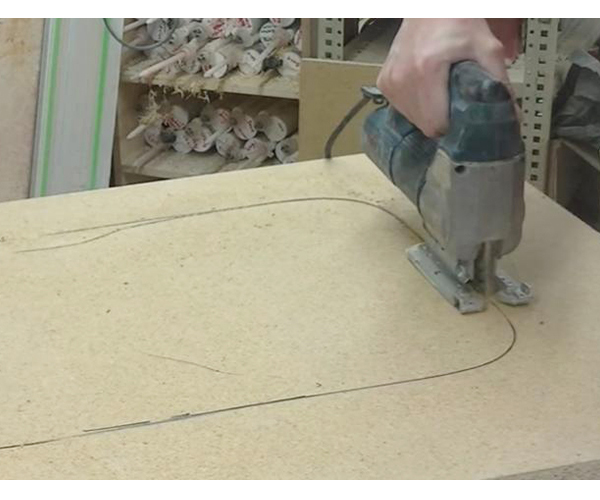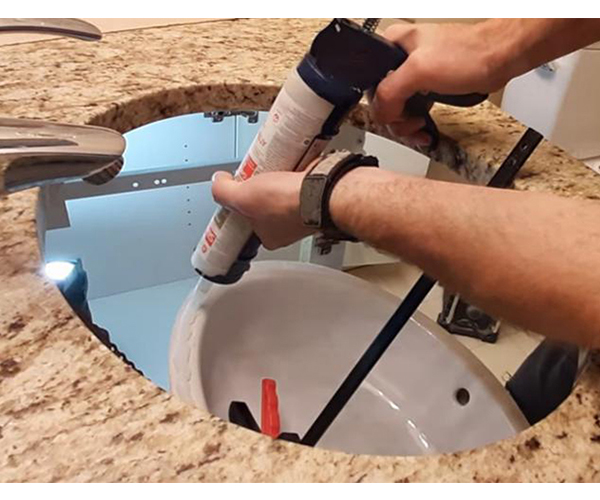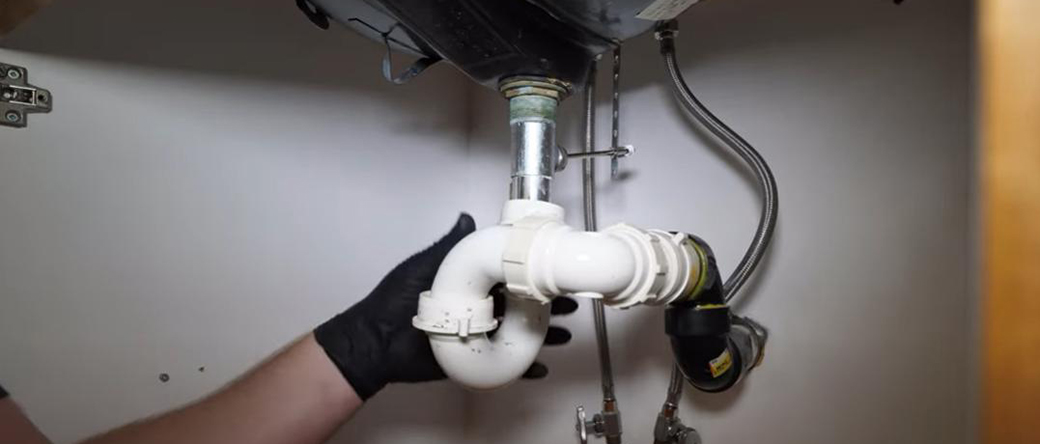How to Install an Undermount Sink
Undermount sinks can be more challenging to install than inset sinks. Are you also brainlessly facing that one undermount bathroom sink not knowing how to start working on it? Today, we give you some guidelines and help. Learning how to install an undermount sink has challenges, but following directions when placing these types of sinks can ensure your room has a stylish look.
An undermount bathroom sink, as the name suggests, is a sink that is mounted underneath a countertop in the bathroom. Drop-in sinks are mounted to the top of the counter top.
The “hidden” edge of the best undermount bathroom sink has an attractive, streamlined appearance, and the lack of crevice or a lip makes the edges less likely to catch dirt.
Popular materials for white undermount bathroom sink include ceramic, porcelain and cast iron, and they can come in rectangular undermount bathroom sink and oval undermount bathroom sink.
Porcelain undermount bathroom sinks are recommended for granite, solid surface and quartz countertops, but may not be as effective with laminate. They can be more expensive than drop-in sinks.
2.Prepare and Cut the Countertop

Tip: Given the expense of granite countertops and those made of other materials, as well as the risks of causing damage with improper cuts, strongly consider hiring a professional to cut the hole.
3.Installing a porcelain undermount bathroom sink to an Unattached Countertop
It's easier to install the undermount sink to a countertop before the countertop is attached to the base cabinets. This is particularly useful when attaching a sink with a garbage disposal and a large undermount bathroom sink. You will probably need an additional person to help you turn the countertop.

Tip: The majority of small undermount bathroom sinks only need adhesive to bond them to a vanity counter, but some large or square porcelain undermount bathroom sinks will also use mounting clips. This small metal clip fastens on posts to both the sink and the granite top. Epoxy is used to attach the posts to both materials, then the clip is slipped over them and a small nut is fastened down on each post to hold the clip in place. The epoxy will cure hard enough to fasten the clips onto the posts in approximately 10 minutes, but the clips still need a full 24 hours to dry before the counter is mounted into place.

Tip: It takes time for the sealant to cure, holding the square undermount bathroom sink securely to the underside of the granite. If the counter top is in place when the sink is mounted, gravity may work against the sealant, possibly pulling the small rectangular undermount bathroom sink away from the counter before it has time to dry. Instead, flip the counter upside down on a flat surface and attach the black undermount bathroom sink there. After 24 hours, the counter can be flipped back over and installed on the vanity.
Learning how to install an undermount sink has challenges. But it is not difficult by following my guidelines. Now let’s try!

